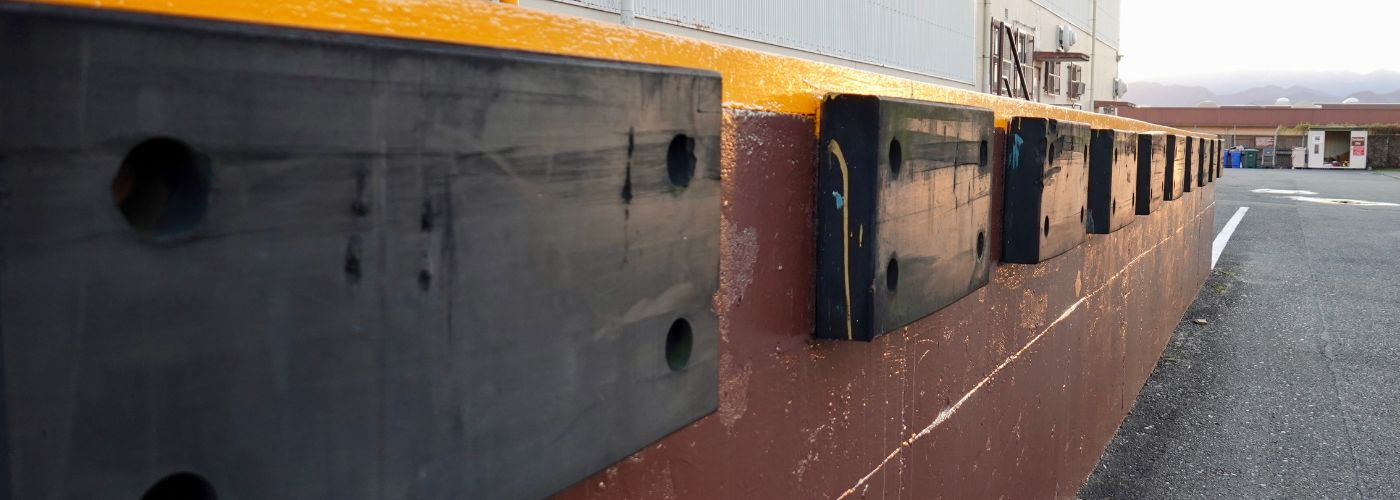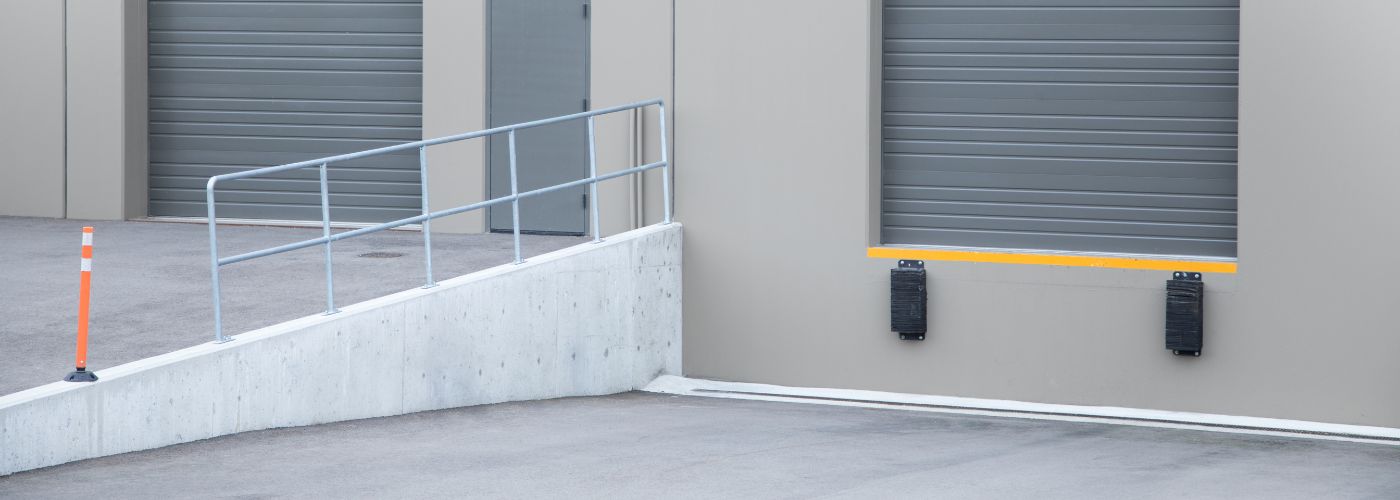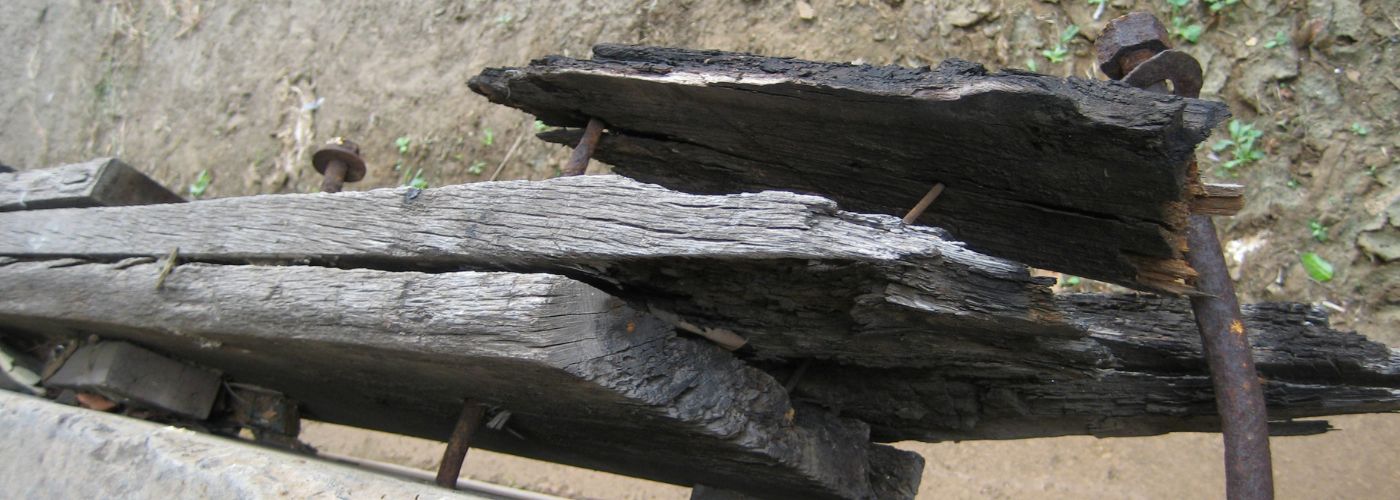Looking to increase safety and security for your business loading dock? Consider loading dock bumpers. These pieces of loading dock equipment serve a great purpose for any business. However, are loading dock bumpers necessary for your company? We’ll be breaking down loading dock bumpers and their benefits.
What Are Bumper Plates?
Loading dock bumper plates are an essential piece of equipment for any business that receives shipments of goods. They help to protect the docks and loading areas from damage and can also be used to assist in the loading and unloading process.
There are many different types of loading dock bumper plates available on the market, so it is important to choose the right one for your needs. The most common type is the rigid plate, which is designed to be mounted on the dock itself. This type of plate offers the best protection against impact damage but can be more difficult to install.
Another popular option is the flexible loading dock bumper plate, which is designed to be installed on the floor around the perimeter of the dock area. These plates are much easier to install, but do not offer as much protection against impact damage. Each type of loading dock has its pros and cons. So, it’s best to look at all of your options that are within your budget.
Why Don’t Box Trucks And Semis Have Rear End Bumpers?
Most passenger vehicles have rear end bumpers to help protect against minor fender benders and other low-speed collisions. But you don’t see these bumpers on box trucks and semis. Why is that?
It turns out that there are a few reasons why box trucks and semis don’t have rear end bumpers. For one, these vehicles are much heavier than passenger cars, so the risk of serious damage from a rear-end collision is much lower. Additionally, the design of box trucks and semis makes it difficult to install rear end bumpers without compromising the functionality of the vehicle.
So while rear end bumpers may offer some protection for passenger cars, they’re not really necessary for larger commercial vehicles. In fact, they could even do more harm than good if they were to interfere with the operation of the truck or trailer.
How To Clean Vinyl Dock Bumpers
It’s inevitable that your once-pristine vinyl dock bumpers will eventually become stained and dingy. Dirt, grime, and mildew will accumulate, making them look unsightly and causing them to lose their grip. But don’t worry, with a little elbow grease, you can get your dock bumpers looking like new again. Here’s how to clean vinyl dock bumpers:
Start by giving the vinyl a good rinse with a hose. If the dirt is really caked on, you may need to use a pressure washer on a low setting. Once the bulk of the dirt is gone, mix up a solution of equal parts water and vinegar in a bucket. Dip a sponge or brush into the mixture and scrub the vinyl gently.
Rinse and repeat the process until the loading dock bumpers are in a cleaner condition. You may need to reseal or replace the loading dock bumpers in case they’re in a bad condition.
Can Bumper Plates Break?
Yes, loading dock bumper plates can break, but not easily. It would take quite a bit of force to break one of these plates, making them a safe way to protect your dock.
Loading dock bumper plates are made of durable rubber that can withstand a lot of wear and tear. They’re designed to absorb impact, so they’re ideal for protecting your dock from damage caused by trucks backing up or pulling in too quickly.
If you do happen to hit one of these plates with a truck or other vehicle, the damage will likely be minimal. The plates are designed to flex on impact, so they won’t crack or shatter like concrete or asphalt would. Many loading dock bumpers can last for years even longer depending on it’s usage and installation.



